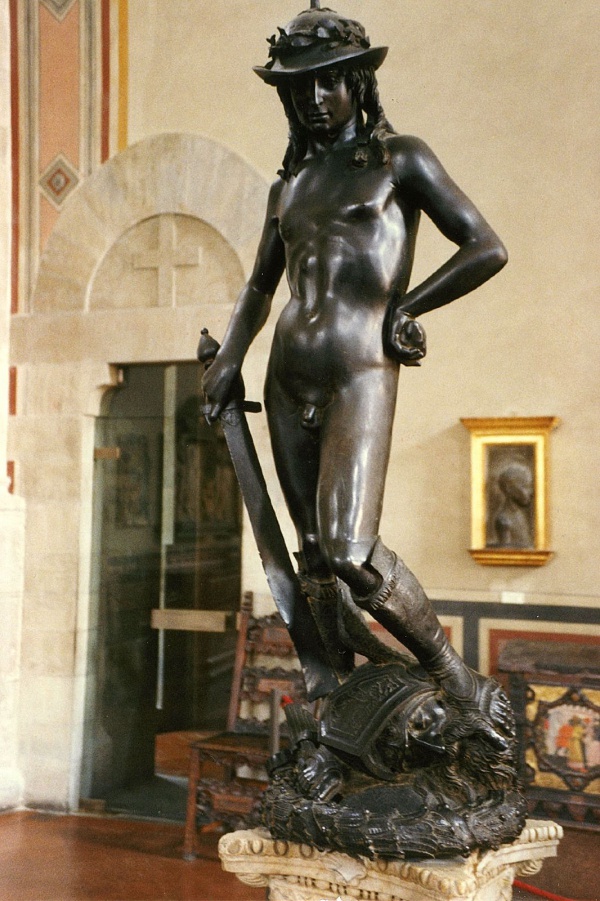Facts About David (Donatello)
Let's delve into the captivating world of Donatello's two statues of David, the biblical hero. These masterpieces, sculpted by the early Renaissance genius, offer a window into the artistic innovation of 15th-century Italy.
The first statue, made of marble, depicts a clothed David. Donatello sculpted this piece in his early twenties, originally intended for the Florence Cathedral. However, it later found a new home in the Palazzo della Signoria. The second, and more renowned statue, is a bronze nude of David, standing triumphantly with his foot on Goliath's severed head. Created around the 1440s, this groundbreaking sculpture is celebrated as the first freestanding nude male figure since ancient times. It is believed to have been commissioned by the influential Medici family and has been relocated several times before settling in the Museo Nazionale del Bargello in Florence.
The story of David and Goliath, as recounted in 1 Samuel 17, is a classic tale of underdog victory. Donatello's marble David captures the spirit of this youthful hero. In contrast, the bronze David, with its bold nudity and confident stance, has sparked much debate. Some interpret it as a symbol of artistic innovation, while others see themes of homosexuality or homosocial values. This controversy adds an intriguing layer to the statue's history.
In 2007-2008, the bronze David underwent significant restoration, ensuring its preservation for future generations. Interestingly, copies of this iconic statue exist in various locations around the world, a testament to its enduring influence.
Donatello's David statues have inspired countless other artists. From Antonio del Pollaiuolo to Verrocchio, Michelangelo, and Bernini, many have created their own interpretations of the heroic David. Each new representation enriches the tapestry of art history, showcasing the lasting impact of Donatello's work.

 Slovenia
Slovenia